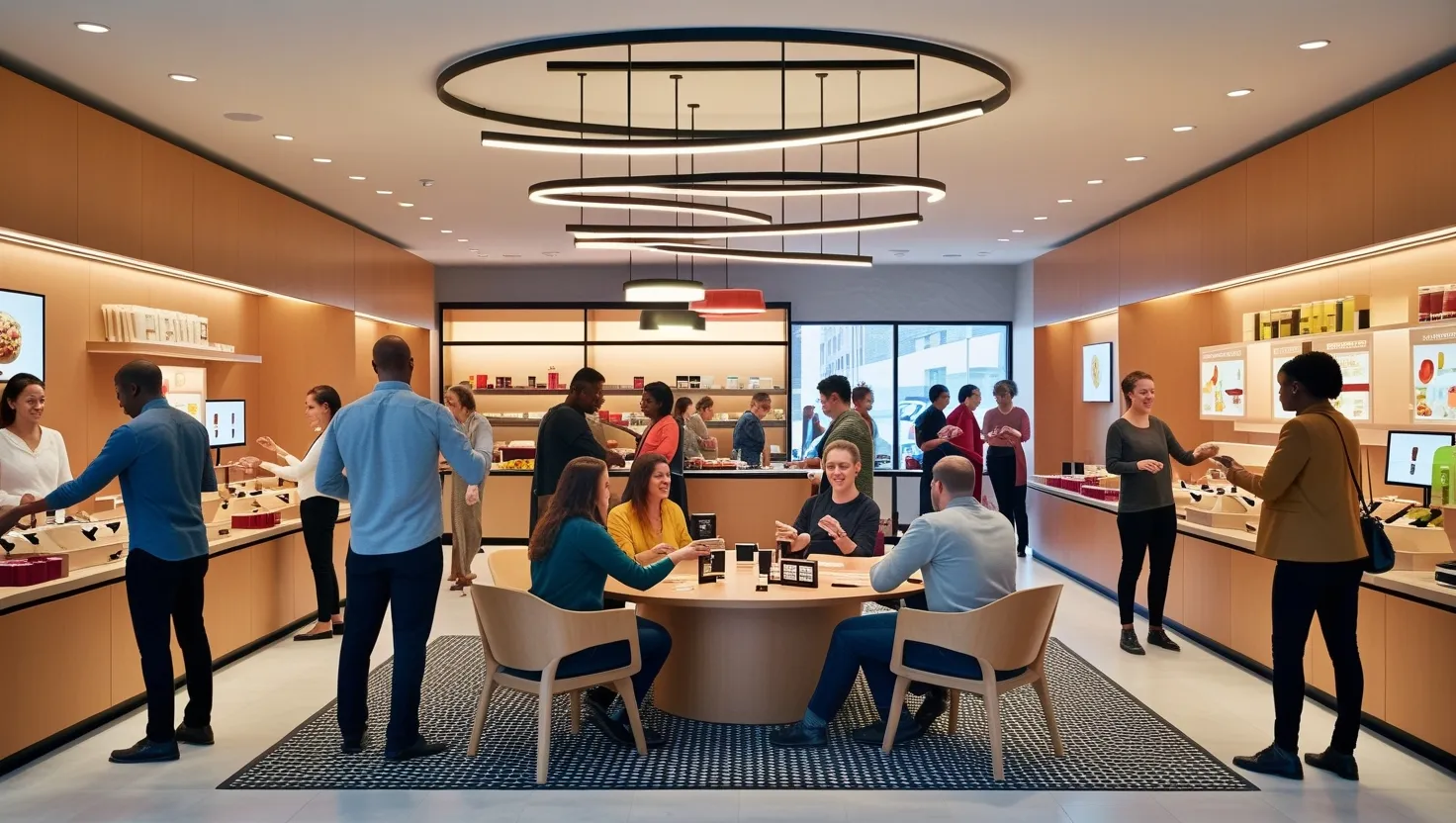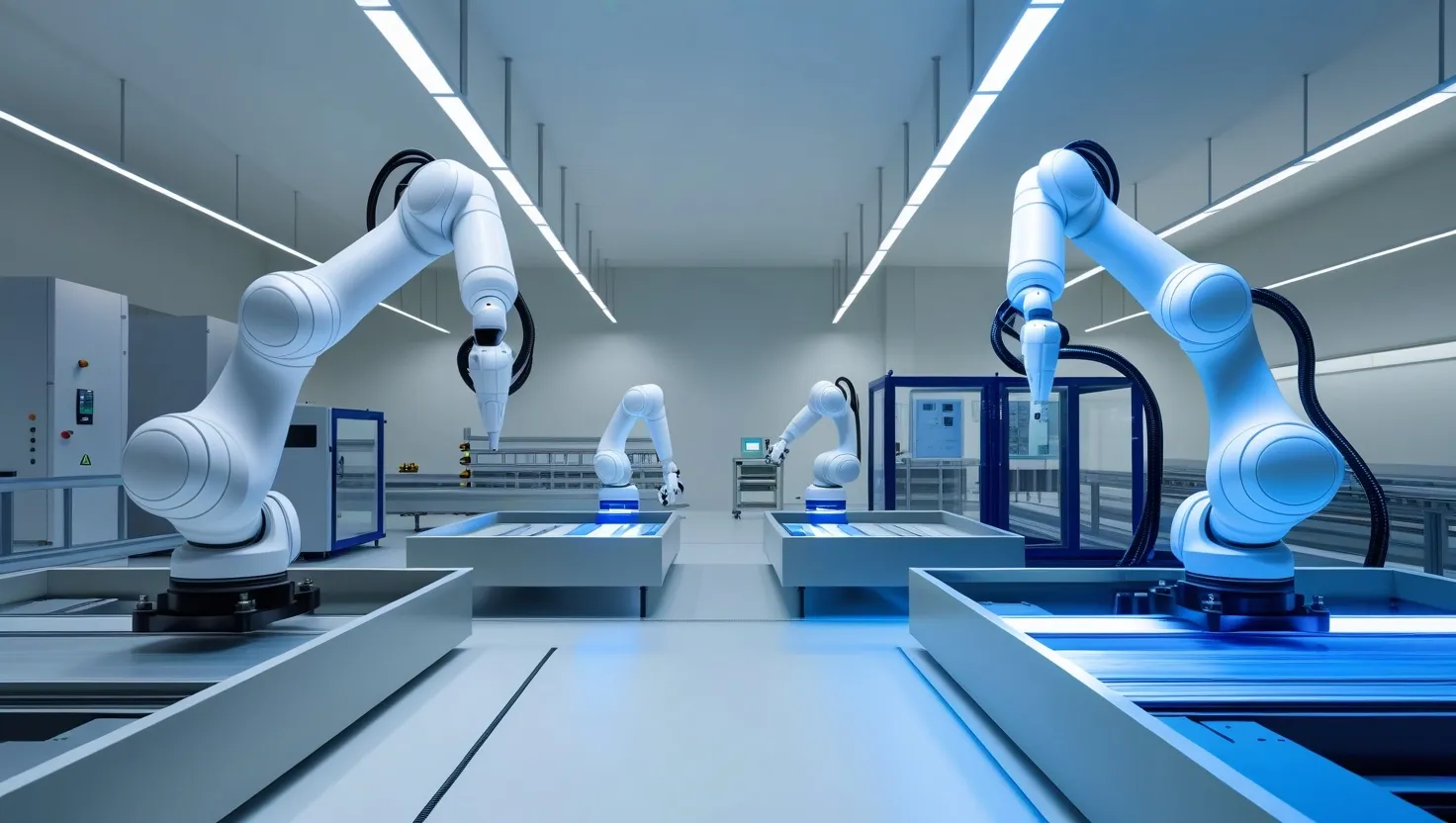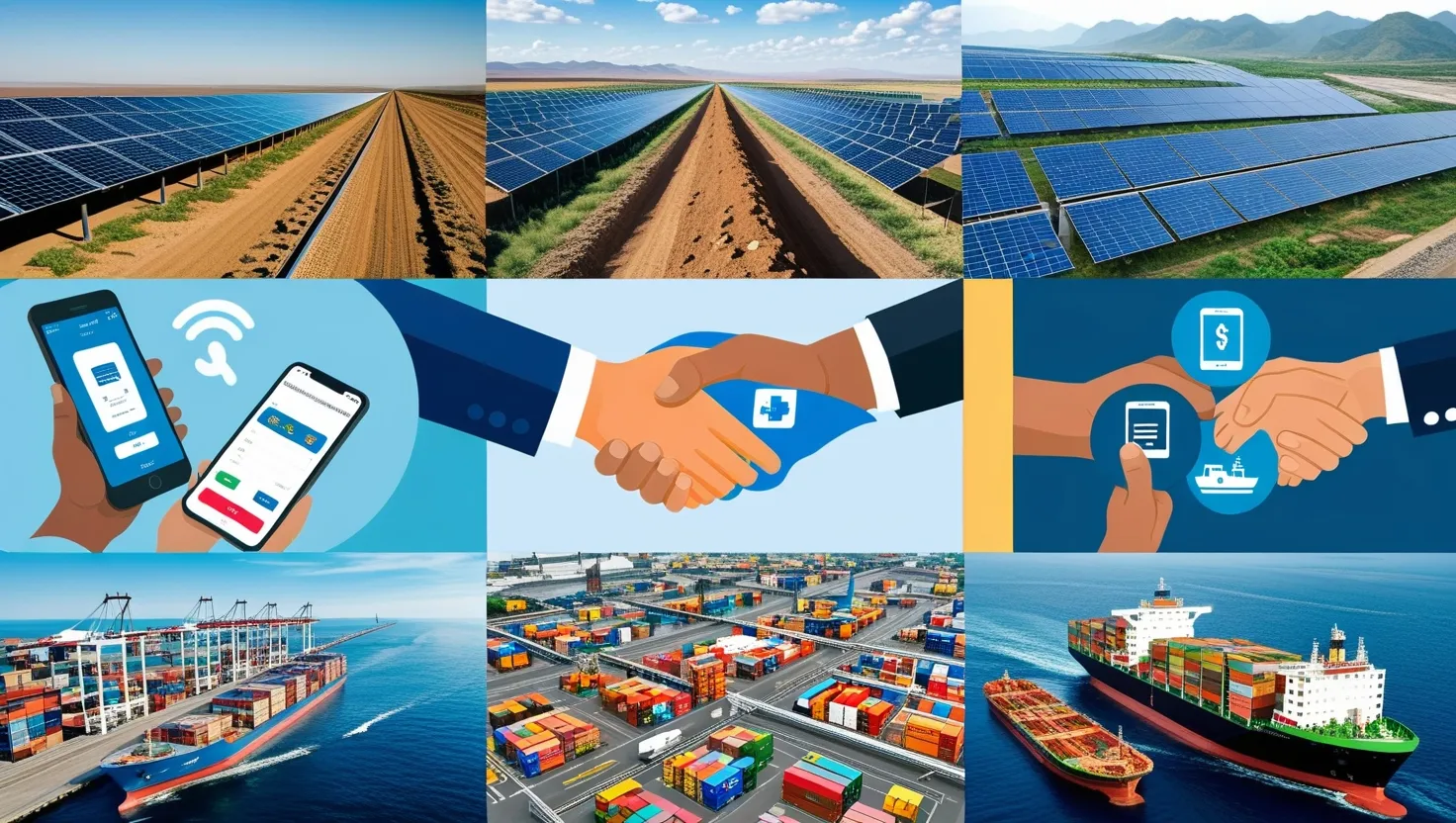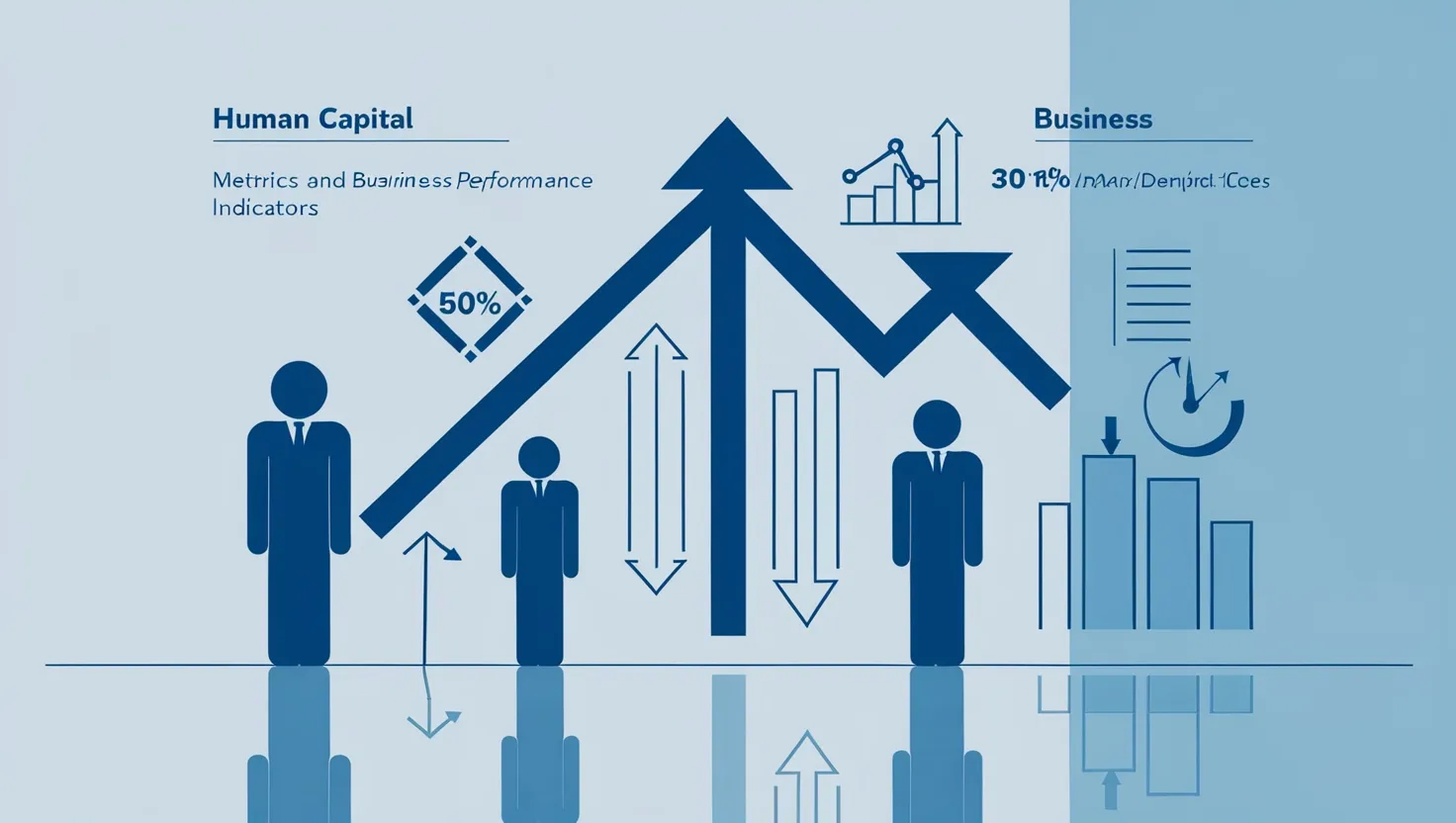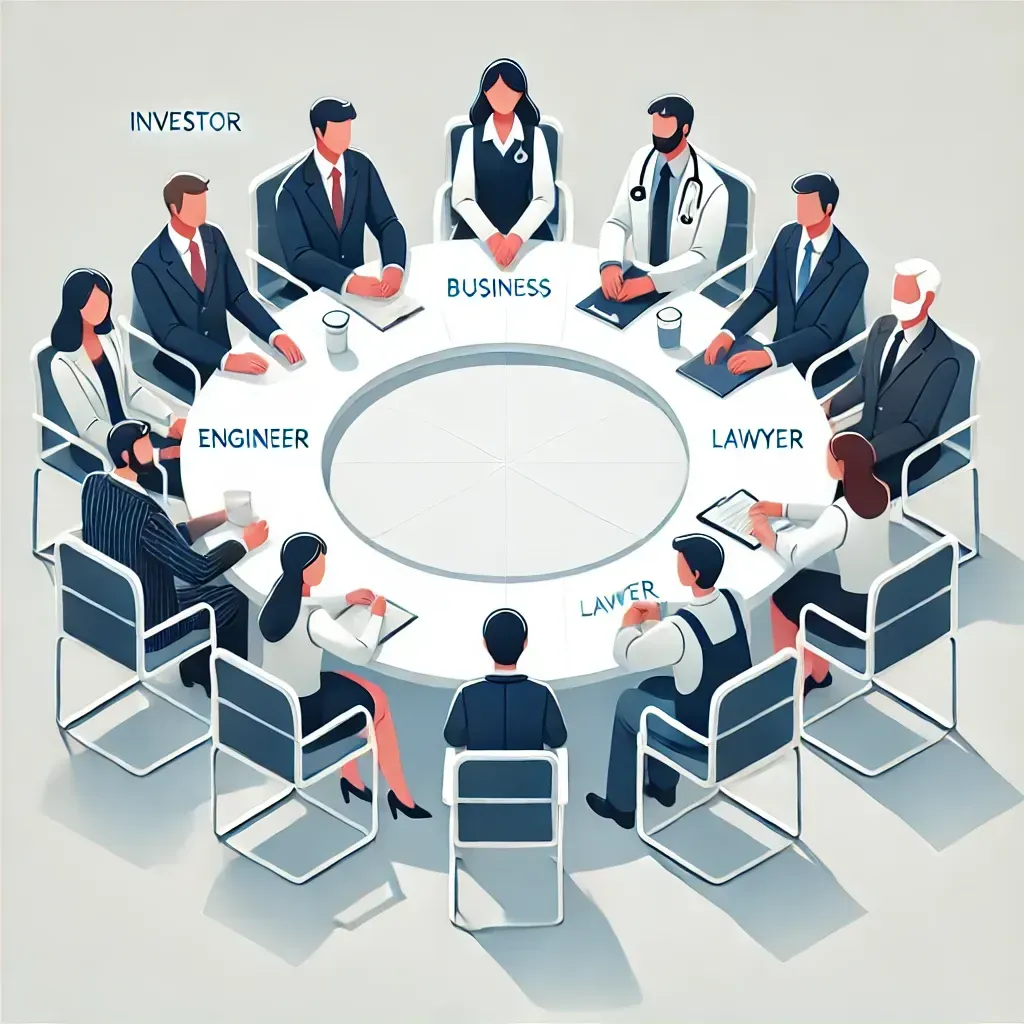If someone told me five years ago that I’d be just as excited about a trip to the local store as I was about my most anticipated online orders, I wouldn’t have believed it. Yet here I am, convinced that the future of retail doesn’t belong to one world – digital or physical – but to their powerful combination. As I walk through the latest stores on a lazy Saturday, I’m struck by how these spaces feel less like old-fashioned shops and more like stages set for experiences. That wasn’t always the case. Not long ago, entering a store was a routine: grab, pay, leave. Now, retailers are crafting environments where every visit is a new adventure, a lesson in local flavor, and a genuine interaction with a brand in the flesh.
Let me start with what transformed my shopping habits most: layouts that focus on experience, not just shopping. When I visit an Apple store, I rarely go just to buy. I go to watch a photography workshop, try out the latest devices hands-on, or even just tinker at one of their creative bays. It’s not accidental. Brands have discovered that if you transform your floor space into demonstration zones, host workshops, or even invite customers to interact with products in ways that can’t be reproduced online, you’re giving people a reason to come back—again and again. I’ve seen the same trick at specialty coffee shops, home improvement stores, and national pet retailers that offer dog-grooming demo days alongside their regular merchandise. When people can experience what they can buy, they stay longer—often 30 to 50 percent longer than before—browse more, and walk out with more than they planned.
“People will forget what you said, people will forget what you did, but people will never forget how you made them feel.” — Maya Angelou
Standing in an urban sporting goods store recently, I noticed another subtle shift: every aisle seemed perfectly tailored to the tastes of the neighborhood. These are hyperlocal inventory systems at work. If the weekend forecast calls for rain in your city, there’s extra slicker jackets by the entrance. In parts of town where cycling is big, the window displays show off the latest gear. Retailers are no longer relying on generic, nationwide stock lists—they’re constantly tinkering with inventory using real neighborhood data and even factoring in your city’s quirks and local calendar events. Why does this matter? Because when I see products that feel chosen just for my community, I’m more likely to buy, and less likely to end up returning things that don’t fit my lifestyle or needs.
If you’ve ever ordered something online and then dreaded the return process, you’ll appreciate how physical stores are now flipping the experience. I remember returning a blender purchased online to my local Target; not only was the refund instant, but the process nudged me to pick up a new set of kitchen towels I hadn’t even planned on buying. That strategic move—seamless return integration—is rapidly catching on. Stores know that converting online returns to in-store moments builds extra foot traffic and impromptu sales. It also gives staff the chance to solve problems on the spot, hear direct feedback, or encourage an exchange rather than a refund. As a customer, it feels simple and immediate. For retailers, it means fewer costly shipments back to central warehouses and a measurable increase—sometimes 20 percent or more—in transaction values on those same visits.
Have you ever attended a yoga class, voter registration event, or makers’ fair at a place you used to think of as just a store? Physical retailers are learning that people want more than racks of things—they want a reason to associate, to belong. Community hub positioning is shifting store roles from being cash registers to being true gathering places. I’ve sat in on author Q&As at a bookstore, joined a home improvement demo at my hardware store, and watched local musicians at a neighborhood electronics shop. The real value here isn’t just sales—it’s loyalty. When stores act as stages for community, people return for the connection even if they don’t have a shopping list.
“Coming together is a beginning, staying together is progress, and working together is success.” — Henry Ford
But how do these retailers know these ideas work? This is where real-time analytics come into play. It seems futuristic, but sensors and mobile tracking now map where people walk, how long they linger, which displays grab their attention, and even how changes in lighting or music alter behavior. I’ve spoken to managers who can tell you by the hour which product areas see the most traffic, letting them constantly refine store layouts and promotions for maximum engagement. The result? Not only does it help justify costly investments, but it also proves that these efforts boost dwell times and, crucially, help staff focus their attention where it’s needed most. By acting quickly on data, retailers can keep both products and experiences as fresh as the daily news.
Have you noticed that every major transformation comes with hurdles? For many stores, there’s the challenge of retraining staff. Not every employee is immediately comfortable teaching a class or managing a tablet while talking to customers. Some worry about the costs of new technology—sensors, analytics platforms, smart inventory systems—before they see returns. Others struggle to shift from thinking about stores purely as sales spaces to viewing them as dynamic, local assets. In truth, not every tactic is a fit for every retailer, especially small ones. I’ve watched some businesses try to adopt experience-driven layouts or sophisticated analytics, only to find themselves overwhelmed or outpaced by larger, tech-savvy competitors.
“So often in life, things that you regard as an impediment turn out to be great, good fortune.” — Ruth Bader Ginsburg
For those who succeed, practical steps usually start small. The smartest retailers don’t change everything overnight—they pilot new tactics in select locations, carefully watch results, fix what doesn’t work, and only then expand. Adopting local inventory systems isn’t about stocking every possible need at once; it’s about using neighborhood data to fine-tune the assortment and making targeted seasonal changes. Seamless returns start with clear policies and simple tech, often built on the same platforms powering online sales. Transforming a store into a community hub can be as simple as hosting a monthly event and gradually building partnerships with local groups or influencers.
These moves pay off beyond just sales. Stores with richer in-person experiences see fewer online returns, especially when customers come in to try, touch, and learn before buying. Customer loyalty scores often rise, as visitors now view retailers as parts of their community and reliable problem-solvers. The best part: these shoppers are more likely to blend online and offline relationships, using buy-online-pick-up-in-store or coming back to handle their returns in person—not just for convenience, but for the social connection and trust these spaces now offer.
Do we risk anything by pushing too hard on tech? Absolutely. I sometimes ask myself if there’s a danger that screens, sensors, and endless data might strip away the warmth that draws us to stores in the first place. Will employees eventually feel more like ushers in a showroom than trusted advisors? It’s a balancing act. The retailers who impress me most are those who use technology to enhance, not replace, the most human parts of shopping—personal chats, spontaneous moments, and shared experiences that simply don’t happen on a website.
Why does this all matter? Because after years of online-dominated headlines, lively physical stores are proving they’re not just surviving—they’re thriving through reinvention. The tactics I’ve seen energize spaces as diverse as clothing boutiques, gadget emporiums, and home goods retailers: hands-on experience is key, local flavor shapes what’s offered, returns become opportunities for connection, stores become event hubs, and smart analytics let every store learn and improve constantly. It’s proof that with some imagination and a willingness to try ideas that might seem unconventional, the physical store is anything but obsolete.
“Change is inevitable. Growth is optional.” — John C. Maxwell
Next time you pass by a store, ask yourself: Is this just a place to shop, or is it a place to connect, learn, and belong? As retail reinvents itself one tactic at a time, the power to transform our own everyday lives might just begin at the corner store.
